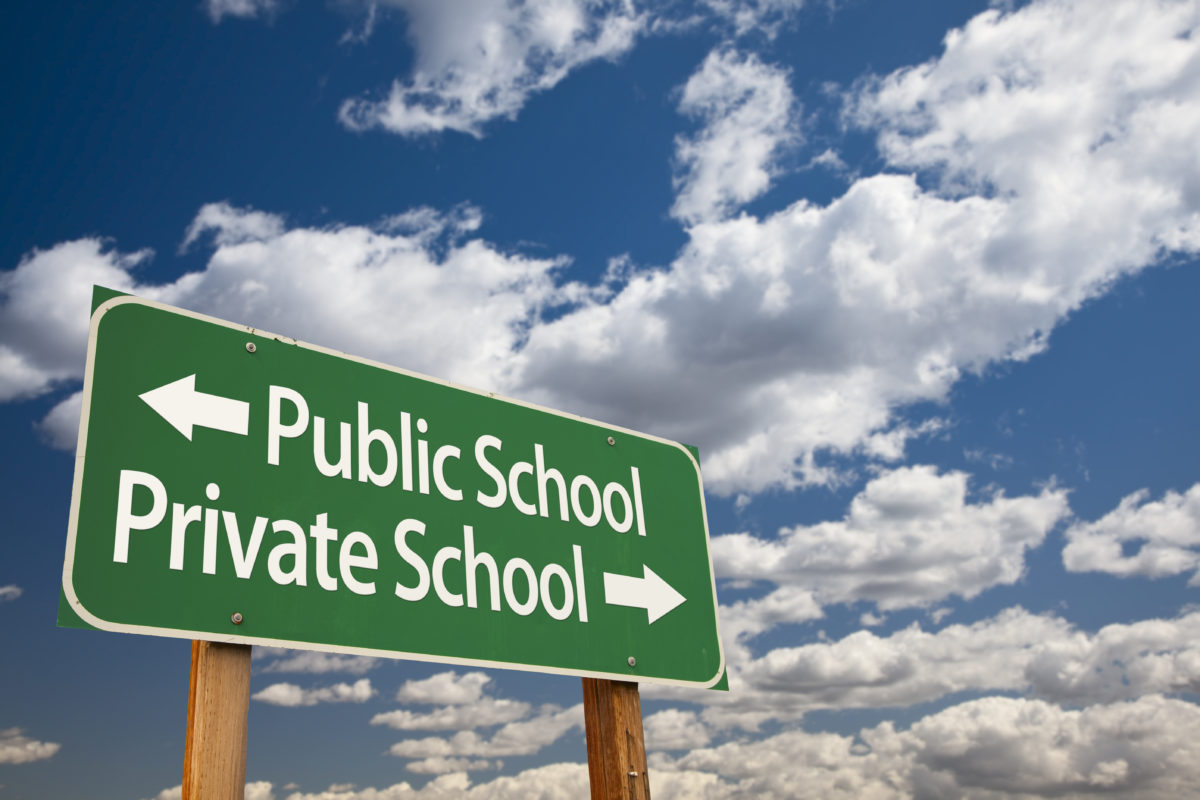The Bottom Line No Incentive to Provide Quality Service or Produce Results
The Reality of Government-Run Industries Originally published at The HeraldOne of the biggest differences between public and private K-12 schools is the incentives. Private schools are motivated to satisfy their customers, parents, and families — be responsive or risk losing them. For the private school, losing a student equates to a direct loss of revenue. The loss of several students could jeopardize their financial stability since their business model is based on tuition revenue rather than government funding. Case in point: Private schools were creative and resourceful during the COVID-19 school closures, finding solutions to fully reopen schools for five-day-a-week in-person learning for the start of the 2020-2021 school year.
Public schools, by significant contrast, had no such financial incentive to reopen schools. Funding was provided in full — plus hefty federal government COVID-19 relief money — regardless of whether they offered full student instruction or supervision. In fact, they had an incentive to remain closed — using the reopening holdout as leverage to meet absurd teacher union demands. For example, the teacher union of the Los Angeles Unified School District (the second largest district in the country) demanded the defunding of the police, a moratorium on charter schools, and Medicare for all to reopen. In essence, they were holding children and teens hostage to demands that had nothing to do with providing learning for students or even their union members’ jobs.
Imagine the implications of a free market K-12 landscape in which parents are empowered to select the school they believe will best serve their students. The competition would push schools to provide quality, customer-focused learning. The result for our nation’s educational system, and our future, could be truly transformational.
Keri D. Ingraham
Besides the lack of incentives to please their customers, public schools also lack strong incentives to produce academic results among their students. Again, unlike private schools, funding continues regardless of results. Families who lack the financial resources to pay private school tuition or move to a higher-performing school district are trapped in the system.
Data shows that private schools outperform public schools despite significantly lower spending per student. For example, the National Assessment of Educational Progress Exam scores reveal that private school students score significantly higher in each individual subject than public school peers at all testing grade levels (i.e., fourth, eighth, and twelfth). Yet, the national average private school tuition is $12,218 per student for the 2022-2023 school year, while public school spending averages $16,862 per student. Washington State joins in with the excessive spending at an average of $16,800 per student as of 2020-2021. Seattle Public Schools’ spending came in at $22,292 per student for 2021-2022— nearly double that of the national private school tuition average.
Imagine the implications of a free market K-12 landscape in which parents are empowered to select the school they believe will best serve their students. The competition would push schools to provide quality, customer-focused learning. The result for our nation’s educational system, and our future, could be truly transformational.
The good news is it’s starting to happen. Arizona recently implemented universal school choice for all 1.1 million of the state’s K-12 students. According to a news release from the Office of Governor Doug Ducey in July, “Arizona families who participate in ESAs would receive more than $6,500 per year per child for private school, homeschooling, microschools, tutoring, or any other kinds of educational service that helps meet the needs of their students outside the traditional public school system.”
Education entrepreneurs — referred to as edupreneurs — are creating new schools and innovative new school models to meet the demand. The demand will grow quickly as more parents become aware of and take advantage of this unprecedented opportunity.
But the impact will not be limited to private and non-traditional education avenues. Traditional public schools in Arizona will also be influenced for the better. For the first time in history, on a large scale, free-market competition will provide the needed incentives for public schools to produce results and provide quality customer service — or they’ll continue to lose students to other options.
The benefits to students statewide will be enormous. And it will only be a matter of time before other states join Arizona in offering universal school choice. The question is: Which state will be next?
Washington State would be wise to follow Arizona’s lead for its own more than one million K-12 public school students. It could be the most strategic plan for the state with far-reaching workforce, societal, and economic benefits.


